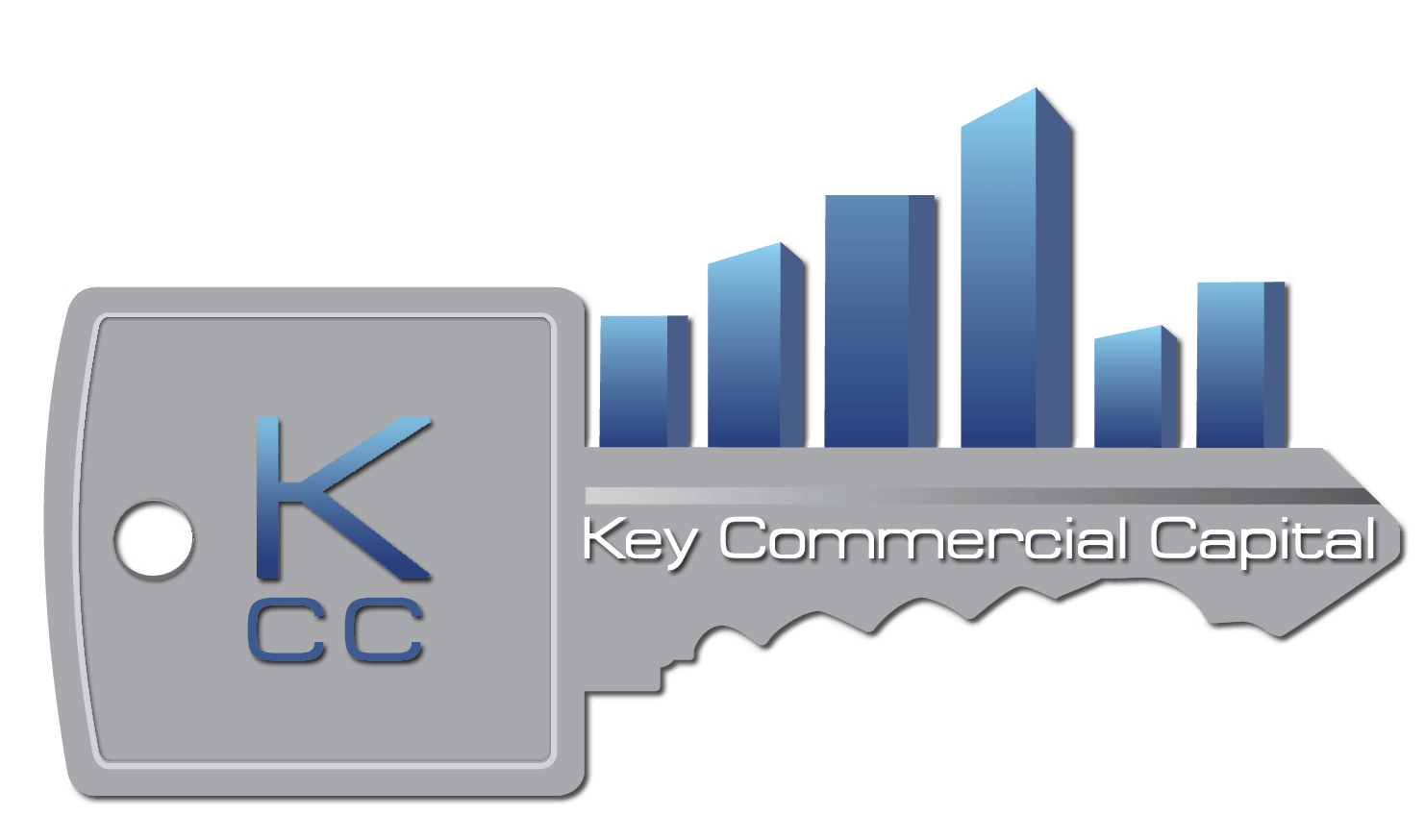Liabilities are the money that a company owes to outside parties, from bills it has to pay to suppliers to interest on bonds it has issued to creditors to rent, utilities and salaries. Current liabilities are those that are due within one year and are listed in order of their due date. Long-term liabilities are due at any point after one year.
Current liabilities accounts might include:
- Current portion of long-term debt
- Bank indebtedness
- Interest payable
- Rent, tax, utilities
- Wages payable
- Customer prepayments
- Dividends payable and others
Long-term liabilities can include:
- Long-term debt: interest and principle on bonds issued
- Pension fund liability: the money a company is required to pay into its employees’ retirement accounts
- Deferred tax liability: taxes that have been accrued but will not be paid for another year; besides timing, this figure reconciles differences between requirements for financial reporting and the way tax is assessed, such as depreciation calculations
Some liabilities are off-balance sheet, meaning that they will not appear on the balance sheet. Operating leases are an example of this kind of liability.
